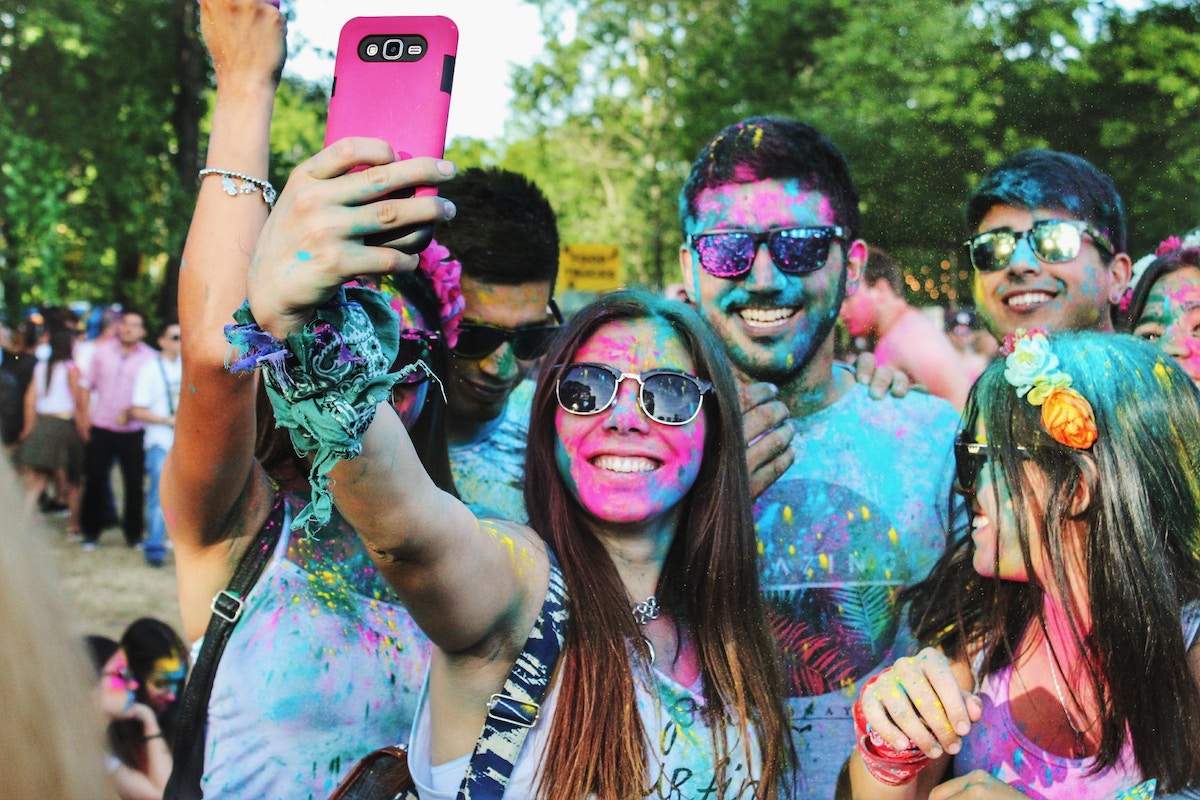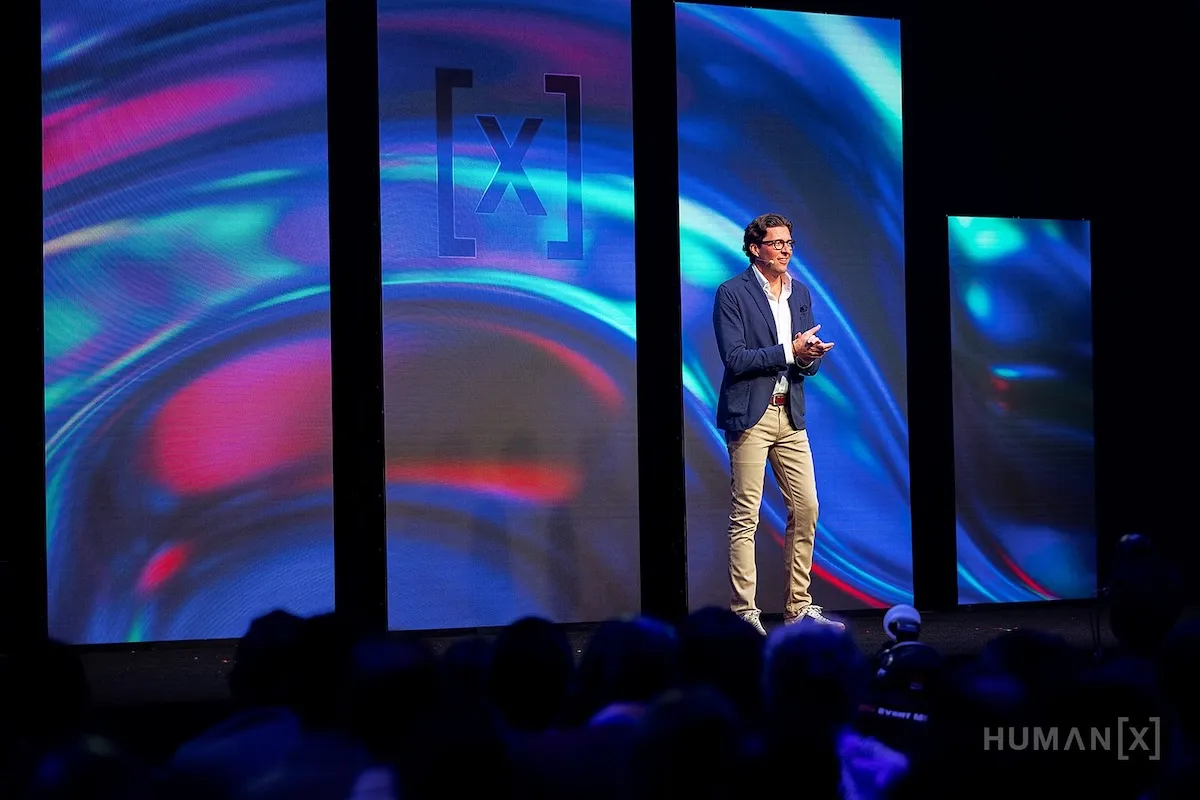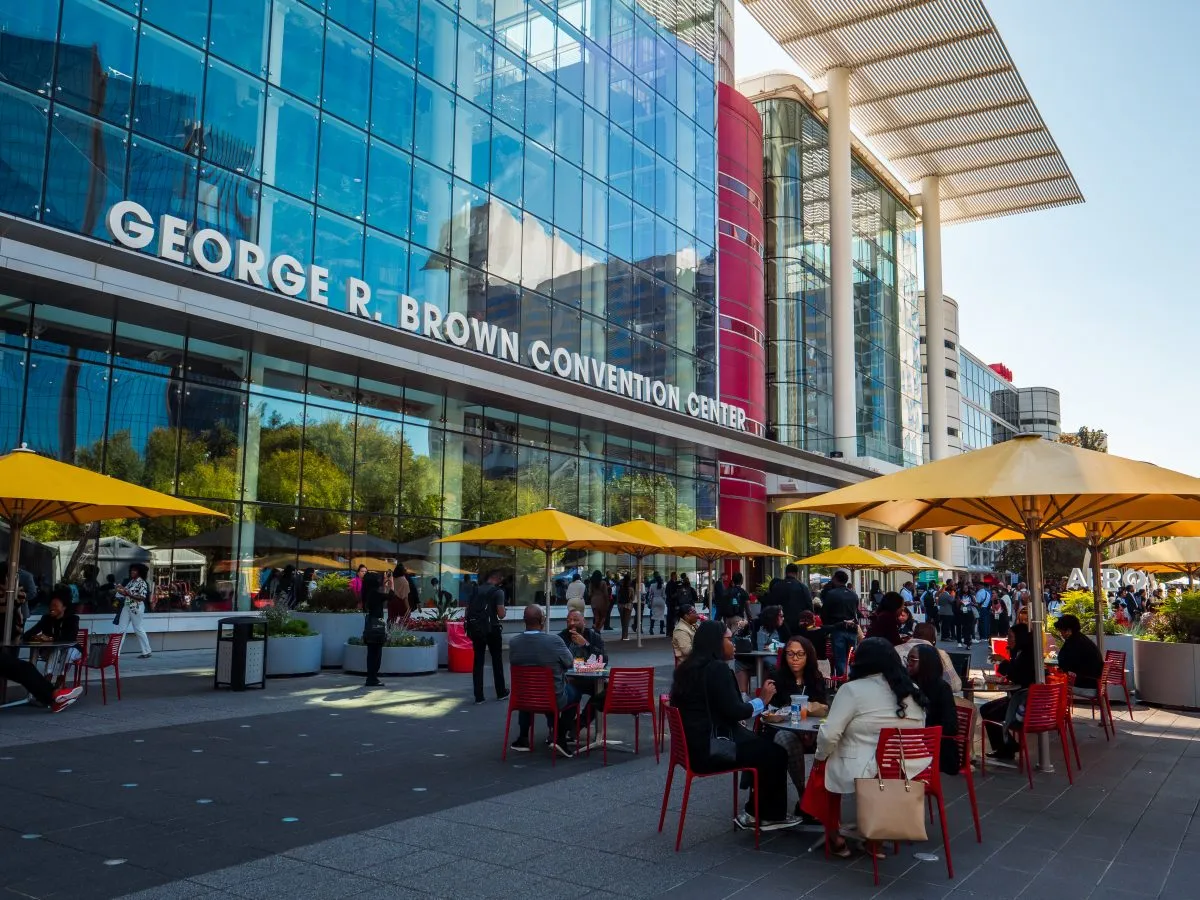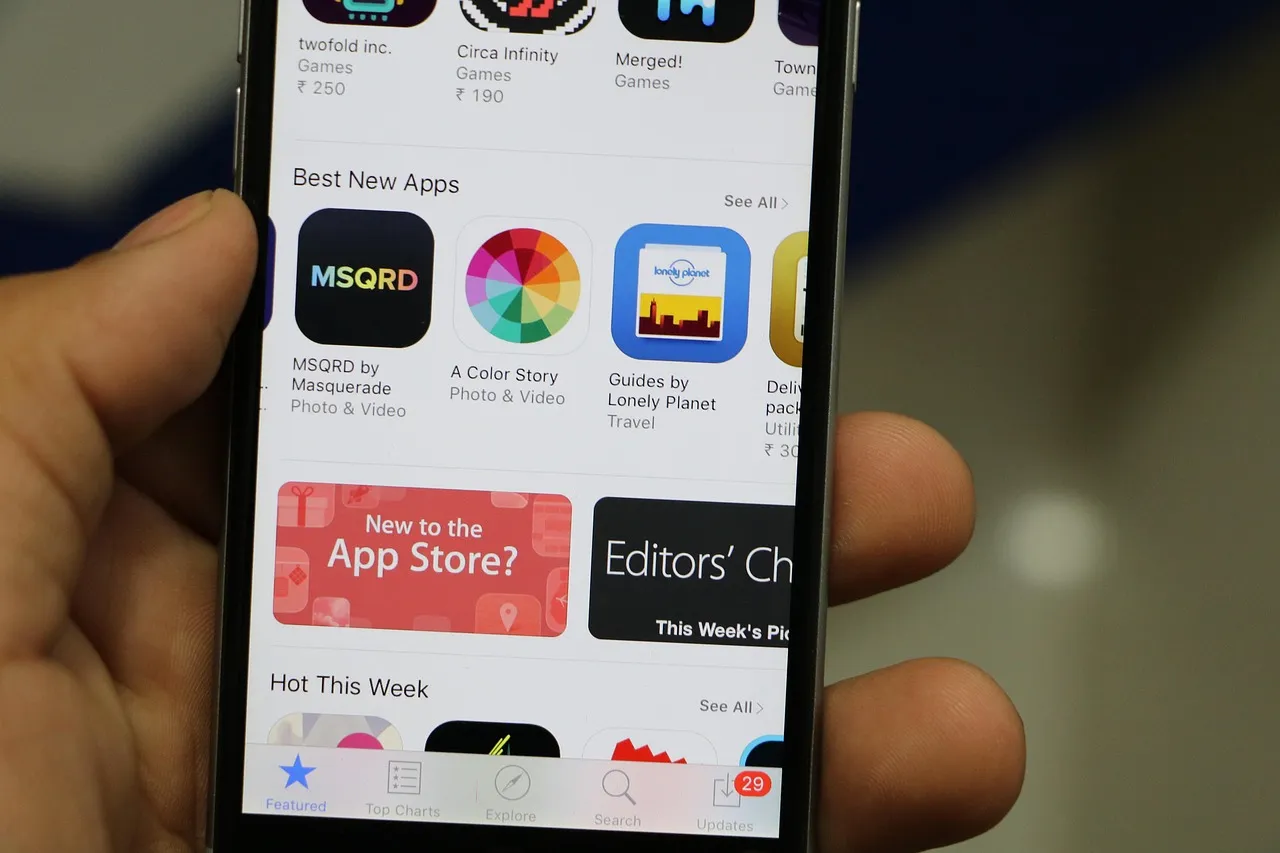From Speakers to Influencers: Event Tech That Boosts Reach

Skift Take
Marketing events has always been challenging, and research suggests that growing attendance is even harder in the post-Covid event world. At the same time, using technology to follow potential attendees online is becoming harder. The end of cookies is a particularly tough blow. One area of marketing that continues to grow, albeit at a slow pace than in the past, is influencer marketing. Influencers play a larger role than ever in destination marketing, and there are no signs of this trend abating.
When we think of influencer marketing, most people think of public celebrities. While working with celebrities to promote events can be a valid tactic, it is out of financial reach for most event marketers, and its effectiveness for B2B events is debatable. There is, however, technology that may offer a more cost-effective solution.
Influencer Marketing Technology
Every industry or sector has experts and leaders who are regarded as influential. What they say makes a difference and can make or break events that depend on attracting event attendees. Provided they are supportive of an event and willing to use their influence, some tools make it extremely easy to share their enthusiastic messages.
Three key players offer this type of event technology: Gleanin, InGo, and Snöball. The core offering is similar, a platform that creates customized marketing materials at scale. These graphics (often known as speaker cards) are sent to speakers, sponsors, or attendees, who are encouraged to share them across their social media profiles or via email. The platforms also enable organizers to track results and uncover the most effective supporters.
While there are many similarities, there are also important differences between the different platforms in this space.
Gleanin
UK-based Gleanin was the first product in this category to launch in May 2012. To date, the company has raised over $1 million (£875,000) in seed money, with the last investment coming in November 2017. Despite a challenging period during the Covid pandemic, the company has returned to profitability in 2022 with 14 staff currently working a 4-day working week.
The initial focus was on using the power of the social web, in particular Twitter and LinkedIn, to help exhibitors increase registrations and conversions. Gleanin has since moved away from exploiting the social web and steered clear of any privacy concerns that involve social media.
“We built Gleanin on core principles of trust, transparency, value, and privacy, which are at the heart of everything we build,” said Gleanin CEO Tamar Beck. “We do not require access or store or own anyone’s social account/connection data. Nor do we use social media platform API,” she added.
The product has now evolved into what the company calls community marketing. The platform is self-service, but onboarding and full support is provided to all. The company offers two flexible subscription options. A basic monthly subscription costs $459, and a pro monthly subscription costs $1,539. Both include unlimited events.
Clients include many top exhibition organizers worldwide, including Informa, RX Global, Emerald, Diversified, and Easyfairs.
InGo
U.S.-based InGo launched in 2014. Similar to Gleanin, it was fully focused on exploiting the social graphs of various social media platforms to promote events. In its first year, it was used by 80,000 event attendees; to date, this number is over 10 million.
The twenty-strong team works mainly with corporate clients, including the UN, Informa, Inc., WSJ, and Atlassian. Pricing starts at $1,000 per month. According to InGo, customers see at least 50% savings on their cost per click (CPC) compared to traditional marketing channels. The higher conversion rates observed indicate that when speakers share their participation in an event, they are endorsing and vetting an event, which is powerful.
InGo prides itself on providing a user-friendly and customizable platform with advanced reporting that can be set up in minutes. Clients are not only using InGo for single events but increasingly year-round for multiple events, libraries of content, or membership. According to the company, communities focused on thought leadership and value sharing benefit most from the platform.
Snöball
Snöball is the brainchild of Rachel Stephan, who has also led sister company Sensov Event Marketing since 2001. She is supported by a team of 11 based in Montreal, Canada.
After observing how word of mouth and referrals grew events, Stephan came up with the idea for a tool that democratizes influence at scale and tracks referrals. This meant not just focusing on speakers but also including exhibitors, attendees, and even internal teams.
Snöball is mainly offered as a managed marketing solution. In addition to the quality of the fully featured platform, the company highlights the value of offering clients extra resources and an external view of dedicated event marketers.
The platform offers an impressive range of features, including a sharing widget with 13 social sharing channel options, multilingual campaigns, video campaigns, personalized landing pages, unlimited audience segments, post-event audience acquisition, flexible leaderboard options, and self-service profile editing.
Snöball does not reveal pricing. Instead, it frames the platform as a revenue opportunity. “A recent show we Snöballed, we added over 2000 registrants to their 10K show. With a ticket price of $90, that means we generated $180,000 in revenue for our client. That's 20X ROI,” said Stephan.
The company boasts a click-to-conversation rate of 47.18% for campaigns managed in 2022 and 2023 for various association clients, including PCMA, which also uses the platform to power incentivized membership drives. Other clients include CompTIA, Terrapinn, Kennes Group, PMMI, and Tarsus.
Other Noteworthy Influencer Marketing Tools
Feathr: A marketing platform with a history in supporting event marketing, but now focused on helping associations and nonprofits with integrated marketing campaigns. There are ready-built integrations with many major event technology tools in place. This Florida-based is over 150 strong and counts a growing list of associations and nonprofits as clients.
Hyperise: A platform that allows the personalization of images, videos, and text in emails and on websites. The results can be very impressive, and while the platform is not solely focused on events, this is a strong use case. The small UK-based team offers a Youtube-based video academy for users to perfect the use of this technology.





